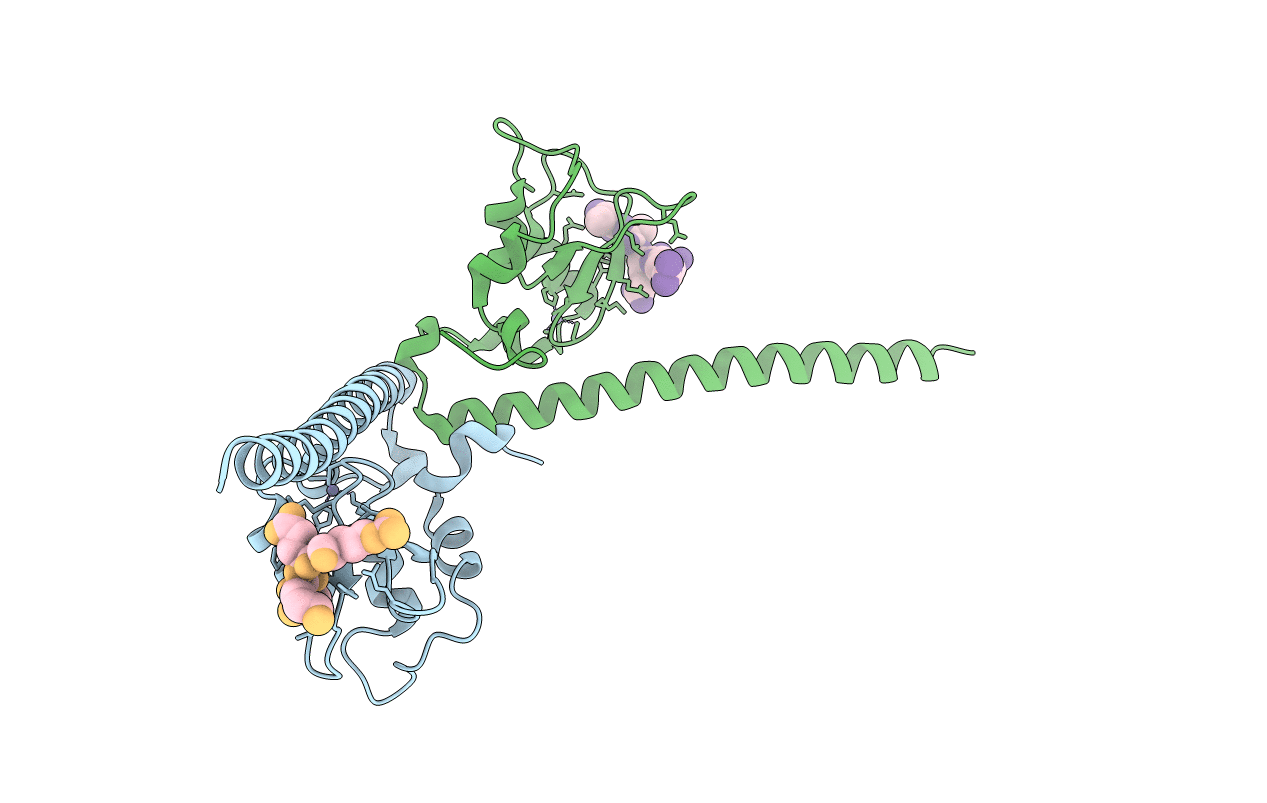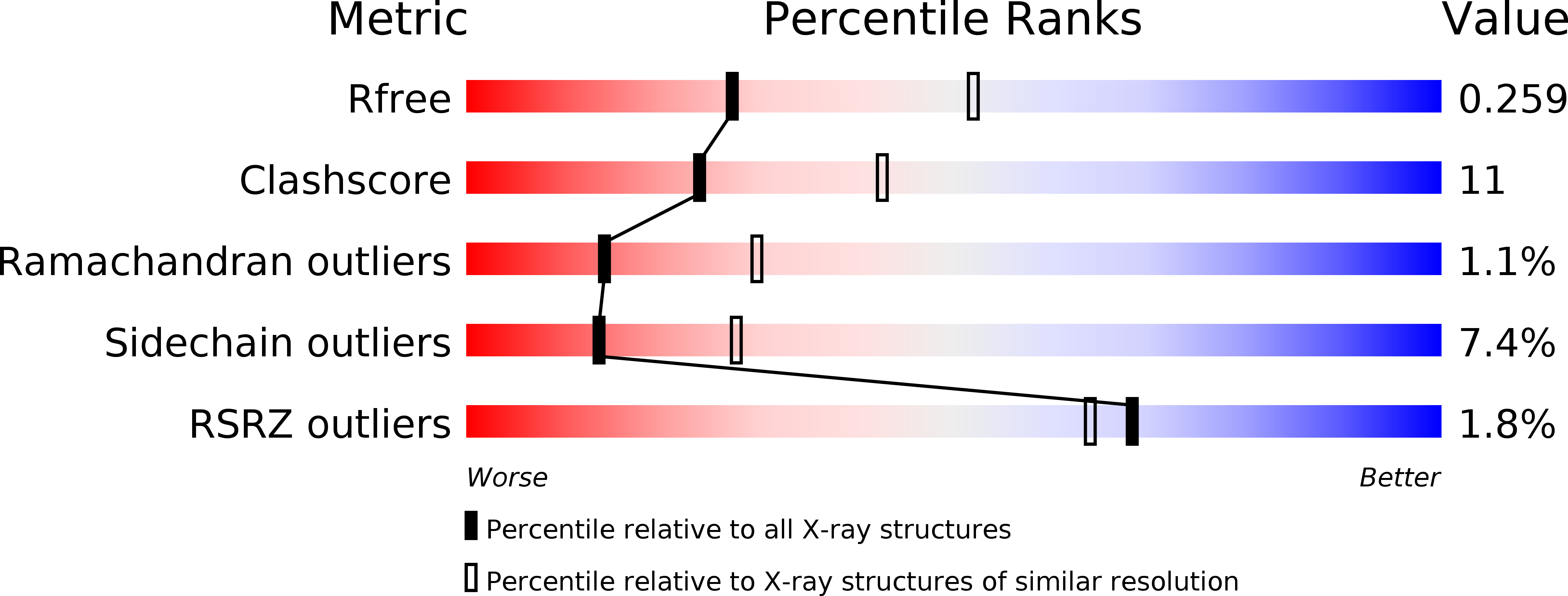
Deposition Date
2011-09-09
Release Date
2011-11-09
Last Version Date
2023-12-20
Entry Detail
PDB ID:
4A0I
Keywords:
Title:
Crystal structure of Survivin bound to the N-terminal tail of hSgo1
Biological Source:
Source Organism:
HOMO SAPIENS (Taxon ID: 9606)
Method Details:
Experimental Method:
Resolution:
2.61 Å
R-Value Free:
0.25
R-Value Work:
0.20
R-Value Observed:
0.20
Space Group:
C 1 2 1


